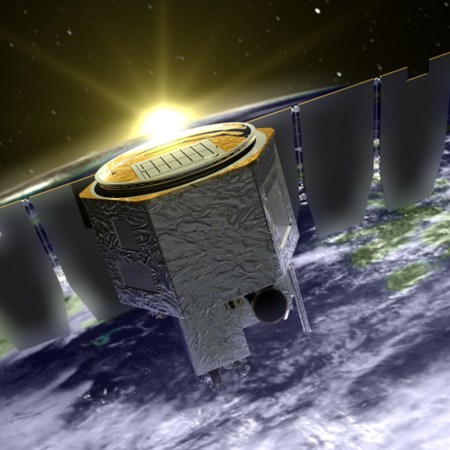As Christmas gifts for science buffs go, it’s hard to top yesterday’s launch of the James Webb Space Telescope. The long-awaited launch from NASA took place on Christmas morning in French Guiana, and set in motion a process that could help redefine how humanity understands the universe and its place in it.
It’s been over 30 years since the 1990 launch of the Hubble Space Telescope, which had a similar effect on our understanding of the cosmos. As The New York Times noted, the James Webb Space Telescope has a significantly greater capacity to measure light, as well as having the ability to measure forms of radiation that the Hubble is unable to perceive.
There’s a caveat to that as well, though — the Hubble Space Telescope is in low Earth orbit, while the James Webb Space Telescope is en route to a destination a million miles from the planet. (By comparison, the Moon is around 238,855 miles from Earth.) This means that the Hubble can be repaired and updated relatively easily; as for the newer telescope, that’s not the case.
The journey the James Webb Space Telescope is taking will last a month, as it slowly reaches its final configuration. As for why it’ll be so far from the planet — at a destination known as L2 — the reason has to do with the very low temperature it’s designed to work at. NASA has set up a portal to track it as it makes its way into space. Assuming all goes well, we’ll begin seeing the results of this launch in the months to come.
Thanks for reading InsideHook. Sign up for our daily newsletter and be in the know.


















